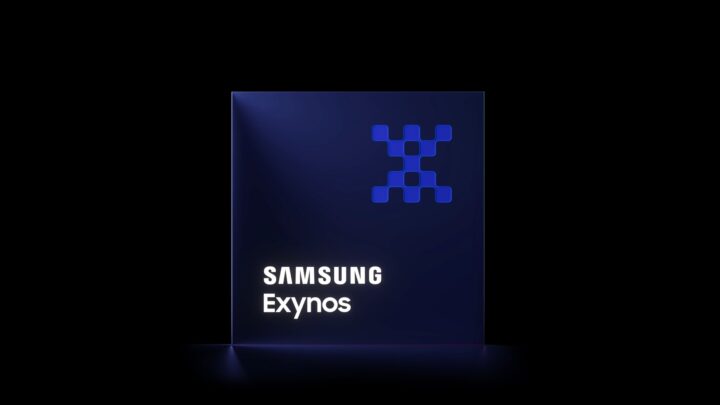Samsung has officially confirmed the Exynos 2500 chip for the first time. The South Korean firm named the 3nm chip during its earnings call. This will be the company’s second 3nm chip after the Exynos W1000, which was announced earlier this month. Samsung will likely use the Exynos 2500 in at least some Galaxy S25 series smartphones.Summarize in one-click with Galaxy AI
3nm Exynos 2500 chip confirmed, could be used in Galaxy S25
Samsung named the Exynos 2500 for the first time. The company mentioned the chip in its Q2 2024 financial results report. It revealed that its System LSI business, which designs camera sensors and smartphone processors, is focusing on making sure it can offer a stable supply of the Exynos 2500 for “flagship products.”
It said that its first 3nm chip, the Exynos W1000, has received a positive response in the market. So, the company seems confident that its second 3nm chip, made using its second-generation GAA process, won’t face any issues related to performance and efficiency.
Watch the Exynos W1000-equipped Galaxy Watch 7 in our video below.
Samsung is expected to use the Exynos 2500 chip in the Galaxy S25 and the Galaxy S25+ in most markets, while the Snapdragon 8 Gen 4 could be used in Chinese and some North American markets (USA). In the Galaxy S25 Ultra, though, the company could use Qualcomm’s Snapdragon 8 Gen 4 exclusively.
Leaked Exynos 2500 specifications
According to some reports, the Exynos 2500 features a 10-core CPU, featuring one Cortex-X5 core clocked at 3.2GHz, three Cortex-A730 cores running at 2.3-2.5GHz, two Cortex-A730 cores clocked slightly lower, and four Cortex-A520 cores. It could also feature Samsung’s own Xclipse 950 GPU, which is based on AMD’s RDNA3 architecture.
Some rumors claim that Samsung will finally be able to match the power efficiency of Snapdragon chips with the Exynos 2500. If that is true, Samsung may have a winner on its hands.










